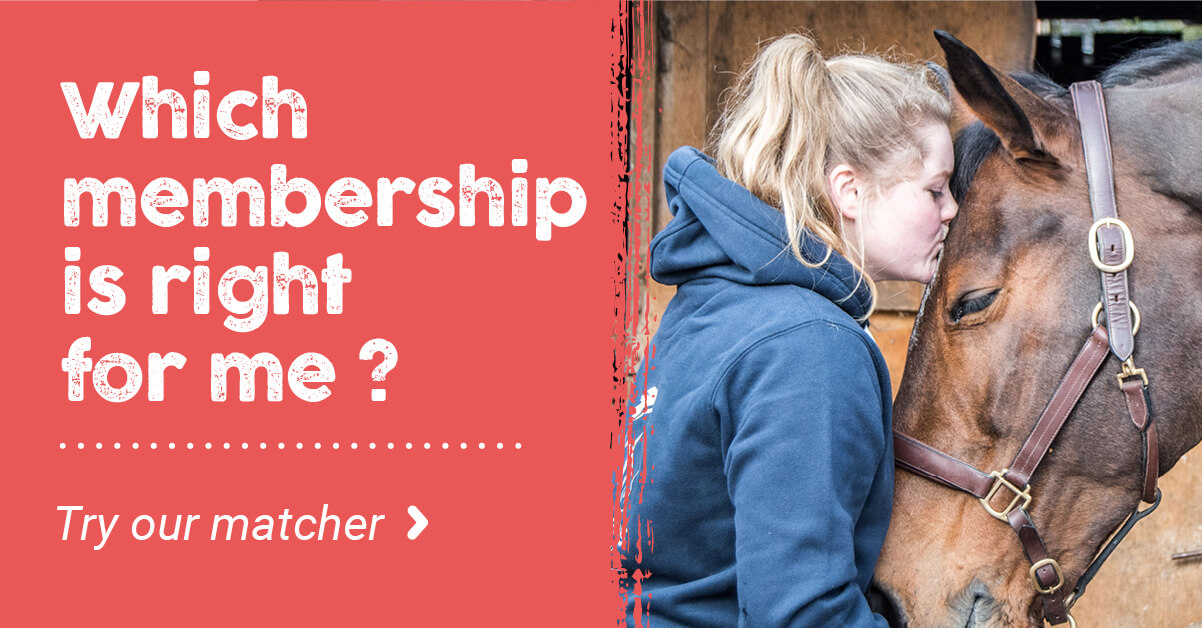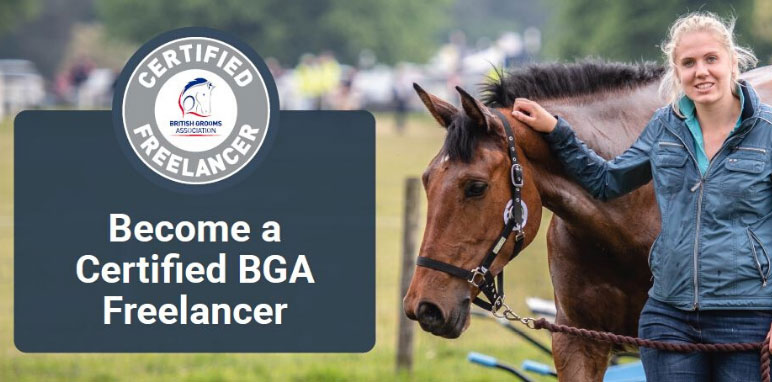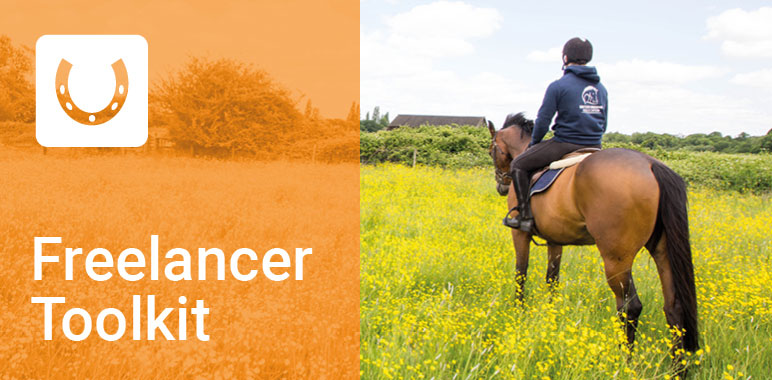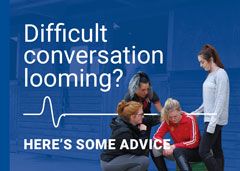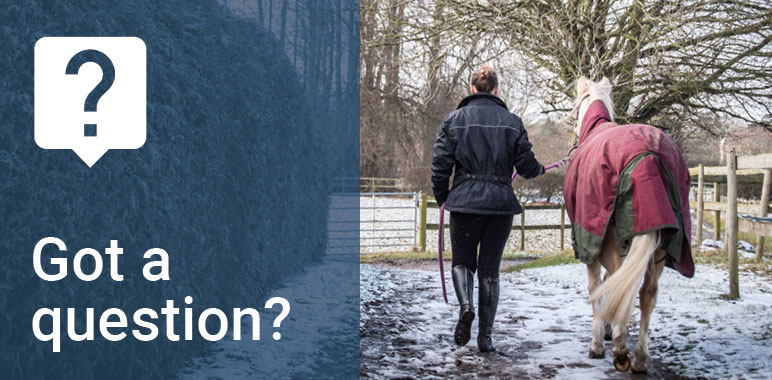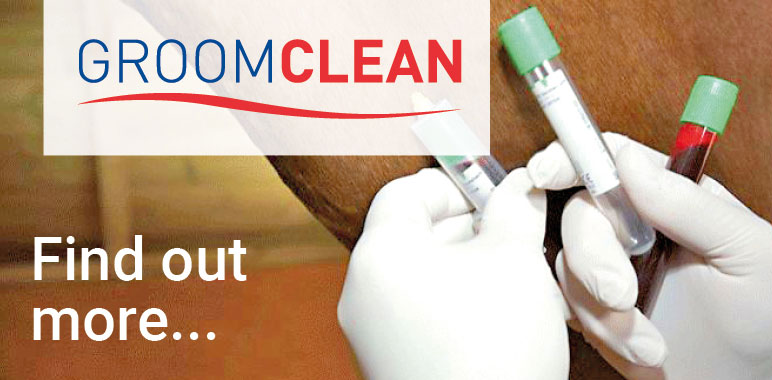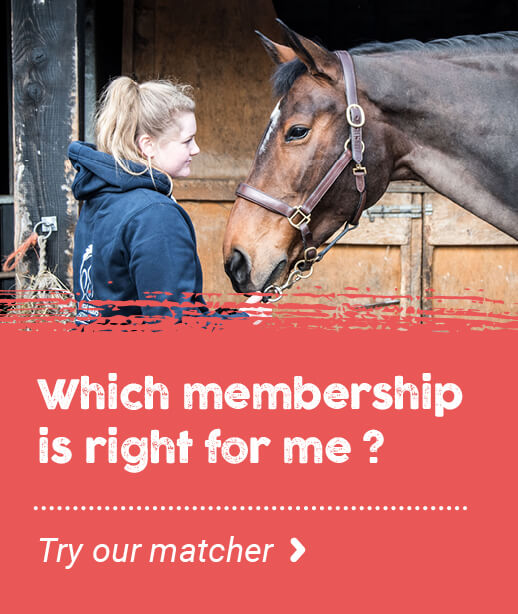- Join Now
- Login
- Member Zone
- Your Career
- Freelancing
- International Grooms Association
- BGA Training
- Healthy Yard Healthy Horses
- Transporting horses
- Brexit
- Safe workplace
- Student Zone
- Member Discounts
- BG Magazine
- Member services
- My employment
- Am I employed correctly
- Grooms Minds
- Safeguarding
- Legal Helpline
- BGA guide to the National Minimum Wage
- Training & Careers
- BGA CV Creator
- Horse groom training
- Where to Train
- BGA E Learning
- Career choices
- Change to Racing
- First Aid training for grooms
- Parents
- Grooms Jobs
- Grooms Life
- About
- News
- Contact

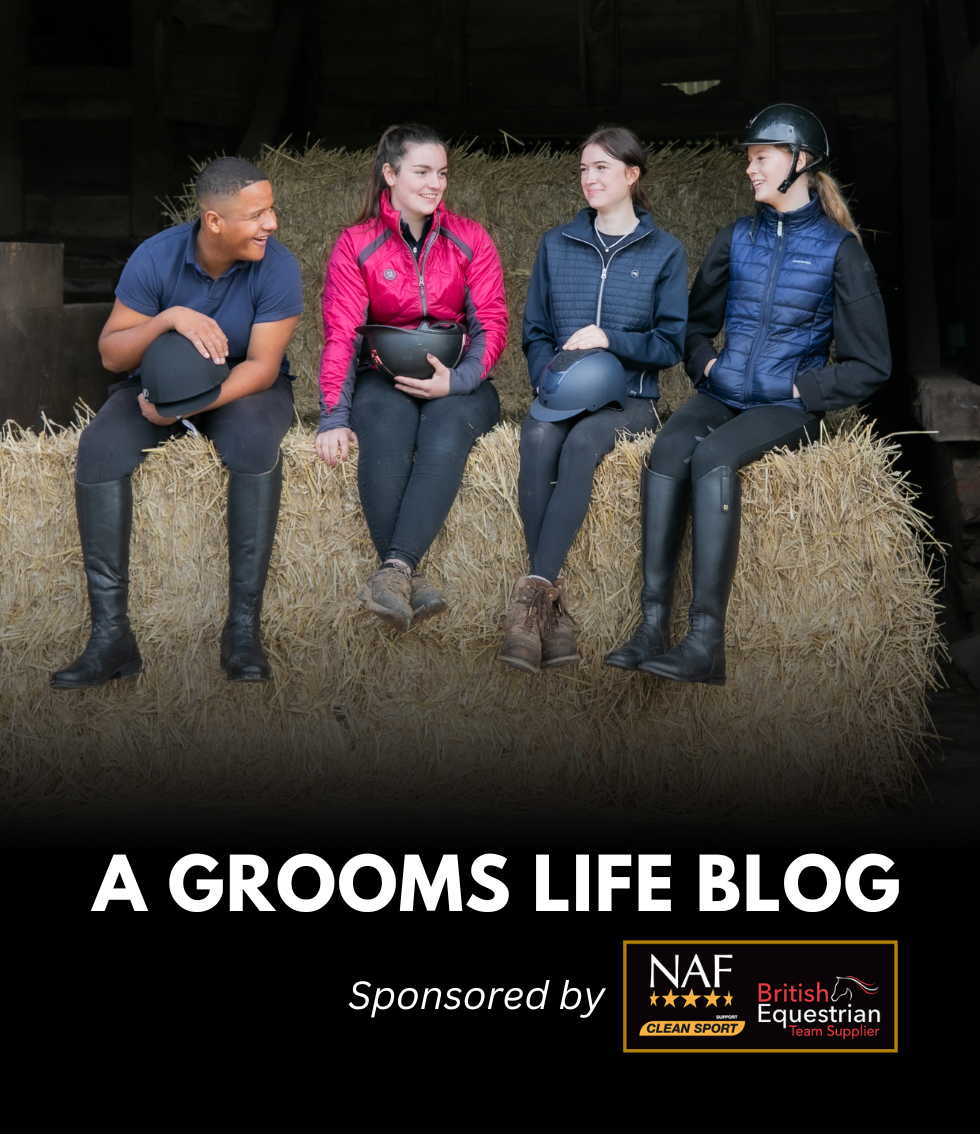
Chief Executive of the BGA Lucy Katan shares her thoughts. This week I was fortunate to be invited to the 2019 Godolphin Stud and Stable Staff Awards. I sat on a table hosted by the successful flat trainer, Richard Hughes, and was delighted that his employee, Stewart Gossnell, was the winner of the Rider/Groom category. Stewart instantly dedicated the award to “his Mum”, who with lots of tears in her eyes, couldn’t have been prouder of her son who has worked in racing for 34 years. “It is absolutely my life,” said Stewart, “Working with horses lights my fire and I’d rather animals than humans. When you have hard times, horses don’t judge you.” What powerful words. This got me thinking about the distinct difference between working in racing and the other side of the equestrian industry. Approximately 60% of the award nominees were over 45 years old; it was clear that working in racing really can be a career, and one which offers the possibility to earn and progress. Can the same be said right now for the non-racing sector of the equine industry? And why does racing retain its workforce much more efficiently? Firstly, it was incredible to think that every nominee would be certainly employed legally, with contracts of employment, paid annual leave and a comprehensive personal accident cover as part of their job. They would be paid above the National Minimum Wage and no hour would be worked without remuneration. Could the exact same be said for the employment of the nominees and winners of the recent Haddon Training British Groom Awards, some yes, but all…? I am not so confident. But I am confident that this impacts on the longevity of grooms in other sectors of the industry. In our recent survey about staff retention, it was clear that poor employment lead grooms to leave working with horses and who could blame them? Secondly, if you work in racing you work as a team, a big family. The team at Richard Hughes Racing were so proud of their ‘Gossy’ and were tweeting from home and hoping/praying for him to be selected as his category winner. We are definitely seeing a culture swing with an increased number of riders / employers publically thanking their team via social media channels, but is there more we can do? The big team can bring challenges too, racing has had and still has its own issues with bullying and safeguarding issues. But the British Horseracing Authority is aware of this and they are investing a lot of money into improvements. Which brings me onto the next point. Godolphin put up a total prize fund of £120,000 given to winners and their colleagues. Employee of the year winner Catriona Bissett collected a prize of £15,000, plus an additional £15,000 for her to share with her team at home. This really demonstrates racing’s commitment to reward and recognise their ‘greatest asset’. Wouldn’t it be incredible if we could start to mirror this in other disciplines? Over the past 11 years that I have worked directly with the British Horseracing Authority, I have seen how much investment they have put into their Careers in Racing brand. I have seen how much money is distributed to the National Association of Racing Staff (NARS), via the racing establishment and what excellent fundraising Racing Welfare achieve to deliver their high calibre programmes of support. I have run the BGA for 12 years now and I do wonder where we might be if we had received the similar level of investment as distributed in racing. Equally I do appreciate that many owners and employers don’t have the finances to invest into something as extravagant as awards, but what about investment in other areas such as legal employment and changing age-old working practices and views with their own team at home. While we are making huge steps forwards let’s take a minute to ponder what other lessons we could learn from the world of racing. Let’s take a minute to imagine. Why we need to look at the racing industry
20th February 2019

BLOG ARCHIVE
- 2025 (16 ENTRIES)
- 2024 (52 ENTRIES)
- 2023 (60 ENTRIES)
- 2022 (35 ENTRIES)
- 2021 (24 ENTRIES)
- 2020 (19 ENTRIES)
- 2019 (45 ENTRIES)
- 2018 (36 ENTRIES)
- 2017 (7 ENTRIES)
What the personal accident policy covers you for:
- Whilst at work
- All stable duties – mucking out, grooming, washing off, turning out
- Clipping
- Riding – including hacking and jumping
- Hunting
- Lunging
- Breaking in
- Holding horse for a vet and other procedures
- Travelling horses both in the UK and abroad
- Competing in line with your job including: jumping, dressage, eventing
- Injuries that may happen to you whilst you are teaching - but you must also be grooming as part of your duties and not be a sole instructor
What the personal accident policy doesn’t cover you for:
- Riding in a race, point to point or team chase
- Stunt Riding
- Accidents occurring whilst travelling to and from work
- Riding and competing your own horse (but you can upgrade when applying for membership to include this)
- Public Liability – this is a separate insurance policy - the Freelance Groom Liability Insurance
- Care Custody and Control – this is a separate policy - the Freelance Groom Liability Insurance
If you require additional cover then please contact KBIS directly.
| GROOM | RIDER | EMPLOYER | |
|
When you are working for other people you do most of the following; muck out, turn out/catch in, tack up, groom horses, exercise Horses (including hacking, jumping and schooling), in the care of your employer/client. |
|
|
|
| Predominantly ride horses for other people including schooling, exercising and competing. | NO |
YES |
YES |
| Provide grooming services for someone else either full time or on a freelance basis i.e. an employer or a client. | YES |
NO |
NO |
| Employ staff – have an employers liability policy in your name | NO | NO | YES |
| Buy and sell horses | NO | YES | YES |


